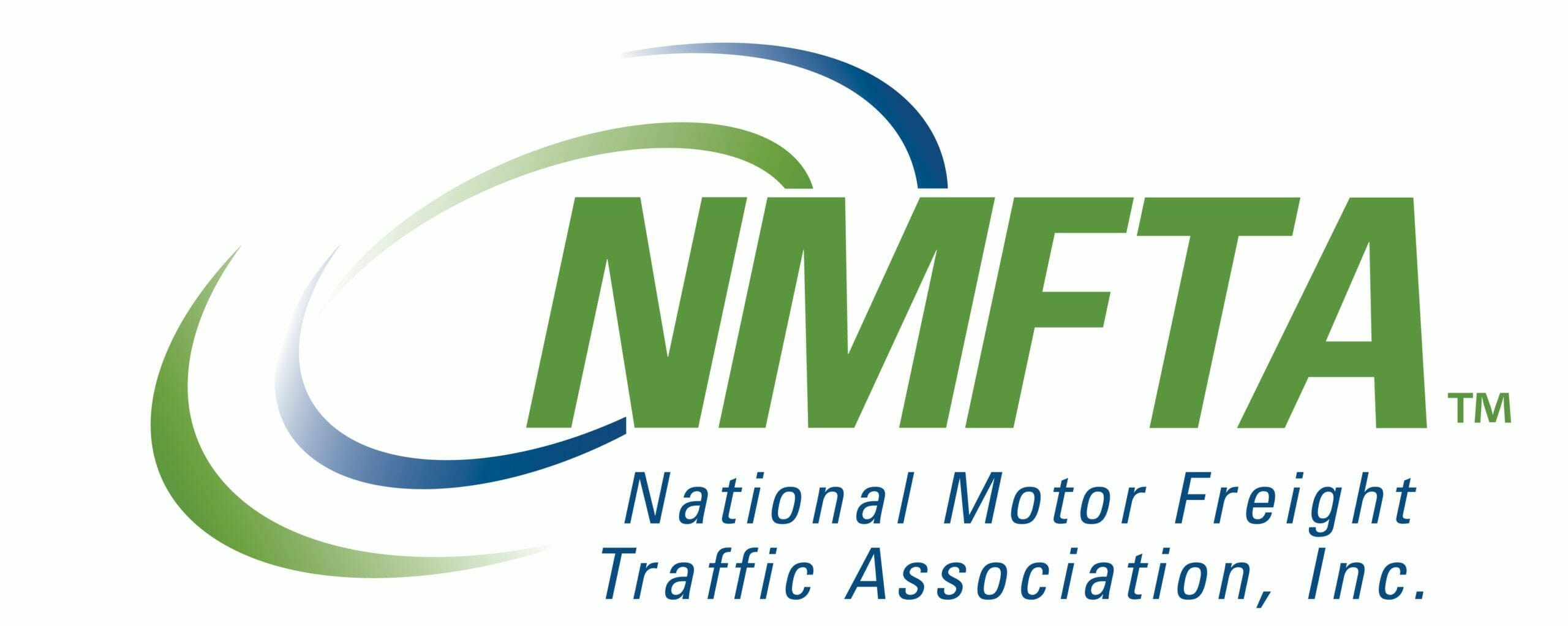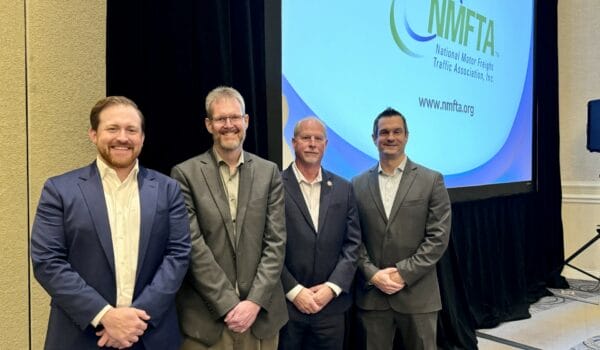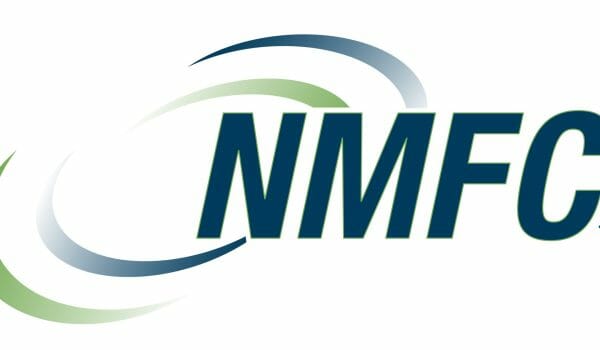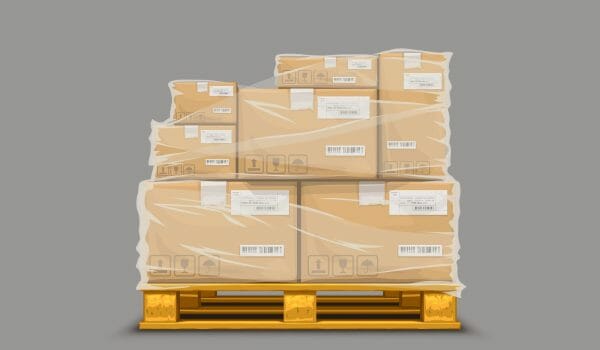One of the reasons the National Motor Freight Classification (NMFC) system works so well, and is so widely accepted, is the value it offers when it comes to packaging.
Most carriers will tell you they do not have professional packaging personnel on staff, which means that – without an industry-recognized set of standards – they have no one qualified to define how every type of freight should be packaged for shipment.
That’s why they rely on the packaging rules and provisions published in the NMFC.
We determine the classifications that carriers apply to each shipment using four criteria – density, handling, stowability and liability. We’re the experts at this, so we know how to assign classes based on everything from weight and size to how easily it is handled to where it can be stowed in the vehicle to what kinds of risks it comes with handling that freight.
Why would any carrier want to go to the trouble of hiring a packaging expert to make this assessment of every package when they can just use the standards we have already developed and have continued to improve over decades?
This is especially critical when it comes to damage claims. NMFC establishes clear rules for all types of packaging, such as the construction of boxes and crates. When a shipper doesn’t comply with these standards – maybe a fiberboard box did not comply with the industry-wide specifications published in Item (Rule) 222, or they just threw a framework around something rather than using a compliant crate – that can become the basis for a carrier to deny damage claims. No one is making arbitrary judgments here, because they can base them on the objective standards we have established in the NMFC.
Consider the example of a whiteboard. Whiteboards tend to be long – potentially over eight feet – but they are only a few inches wide and they’re very susceptible to damage. When they are simply shipped in an individual box, they are hard to handle and very hard to stow, which leads to a high susceptibility of damage.
We take all that into account before we assign a classification, and that protects carriers in the event freight is damaged, and it also advises shippers how they need to package their freight so it can be adequately protected from the normal rigors of the LTL environment.
Without these standards, every carrier would have to figure out its own method for dealing with such situations, and would not be able to cite a recognized industry standard to support a denial of damage claims. That would result in messy disputes and likely heavy losses.
The classification provisions based on packaging also help guide weighing and research personnel who have responsibility for reclassifying freight.
“We are a standard-setting organization,” said NMFTA’s Classification Development and Packaging Manager Erin Topper. “We are here to provide an apples-to-apples comparison to freight, and part of that comparison is the packaging. And we can adjust the classes for better packaging or for worse packaging.”
Everyone benefits when there is a clear set of rules that are established using comprehensive, objective criteria. When it comes to packaging, nothing provides that clarity like the packaging rules and provisions that come from the NMFC.






